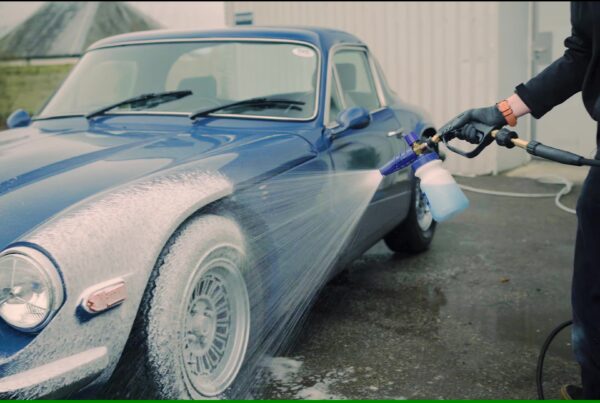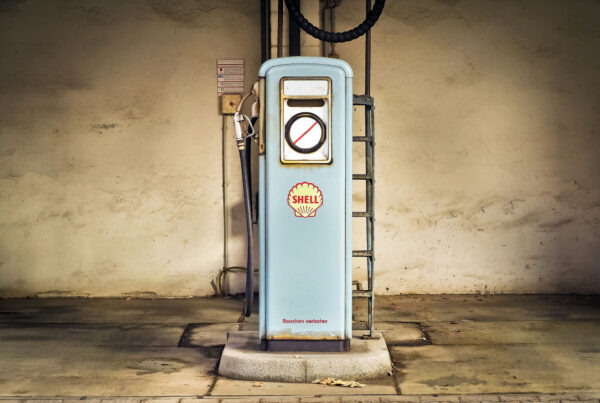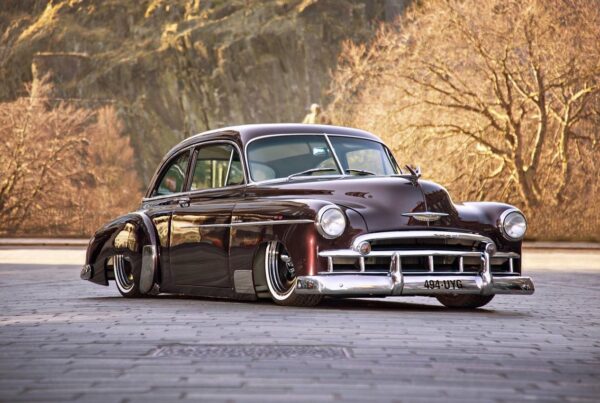The 2020 car show season is just around the corner, and if like us, you are eagerly marking the shows and weekends away on your calendar, a refresher on how to prepare for towing your trailer or caravan may be beneficial.
If you are planning on towing a trailer or caravan behind your vehicle you may want to familiarise yourself with the legal requirements as according to the Driver and Vehicle Standards Agency, you can be fined up to £2,500, be banned from driving, and get 3 penalty points for using a vehicle in a dangerous condition. We have heard of a few incidences of enforcement offices stopping vehicles so it’s a good time to take a check that you are towing safely.
Here’s our quick reference guide to towing a trailer or caravan
Driving licenses and weight requirements
For guidance on what you can tow depending on your driving license category, and for towing weights and width limits, please visit https://www.gov.uk/towing-with-car.
Equipment required for towing
- Tow bar: For vehicles first used after the 1 August 1998, tow bars must be ‘type approved’. This means it meets regulations and is designed for your car. The tow bar will show the maximum nose weight your tow vehicle can manage too – this is the weight of the trailer pushing down on the tow bar. Nose weight gauges can be purchased online to tell you how much weight is on the tow hook. If your car was first used before 1 August 1998, your tow bar doesn’t need to be type-approved.
- Mirrors: The law says you must have an adequate view of the road behind and you can be fined up to £1,000 and get 3 penalty points for towing without proper towing mirrors. Fit appropriate towing mirrors if your trailer or caravan is wider than the rear of your car.
- Number plate: The number plate displayed on your trailer must be the same as the number plate on your towing car and illuminated at night.
- Lighting: Road legal trailers require two red sidelights, two red brake lights, amber indicators and a pair of triangular red reflectors at the rear. Depending on the trailers age and size, it may also require a fog lamp, white front reflectors and a reverse light.
Before towing checks
- Tyres: Check the condition and tread depth of your trailer or caravan tyres. Trailers and caravans may cover limited mileage and sit in one position throughout the winter months causing tyres to age deteriorate and crack. All tyres will have a date stamp so you can check the date of manufacture. Also check that tyres are inflated to the manufacturer’s specification for the load being carried.
- Brakes: If your trailer has brakes, check their condition.
- Coupling cable: Check that your coupling cable and plug are in good condition. If you are using a breakaway cable or secondary coupling, check the condition of this cable too. Also check that cables will not drag on the ground whilst driving.
- Lighting: Make sure all lights are working before setting off.
- Gas: For caravans, make sure the gas is turned off. It’s also good practice to check that all rubber gas hoses are in good condition as these can have a shelf life and degrade after time.
- Overloading: Check that your trailer is not overloaded, the load is distributed evenly, and the load is secure. Try to keep a caravan as light as possible with the heavier items low down and close to the axle.
- Service: Having your caravan or trailer serviced regularly will highlight issues that you need to address.
Tips for towing whilst driving
- Speed limits: The speed limit when towing is 60mph on motorways and dual carriageways and 50mph on single carriage roads.
- Motorways: Do not drive in the furthest right-hand lane of a motorway with 3 or more lanes, unless instructed to do so.
- Plan ahead: Give yourself more time and space for everything, especially when manoeuvring around corners. Do not brake harshly on a bend as it can make the trailer unstable. Reduce your speed in plenty of time too.
- Prevent snaking: To prevent snaking make sure you have a well-matched car and caravan. If the trailer starts to snake or swerve, ease off the accelerator and reduce your speed gently. Some people may fit an anti-sway bar or stabilizers.
What happens if you breakdown whilst towing?
If you are covered under a ClassicLine policy, any attached caravan or small trailer not more than 3 metres long used for private purposes will be entitled to the same service as the vehicle, as long as it is attached to the vehicle by a standard 50 millimetre (2 inch) towing coupling.
Click here to view our guide on what to do in the event of a breakdown.
ClassicLine Caravan and Motorhome Insurance
Did you know as well as insuring your classic car, we can also offer insurance cover for your motorhome or caravan too. Call us on 01455 639 000 to find out more.
If you are planning on towing an American caravan or trailer, please take note of the Department for Transport’s guidance for American caravans and trailers.
You may also be interested in reading:
Tyres can be ‘storing’ future problems
A decade on the road – top 10 highlights of the past decade
Get ready, get set, get quote! A ClassicLine guide to a quick and easy quote on your classic car insurance



